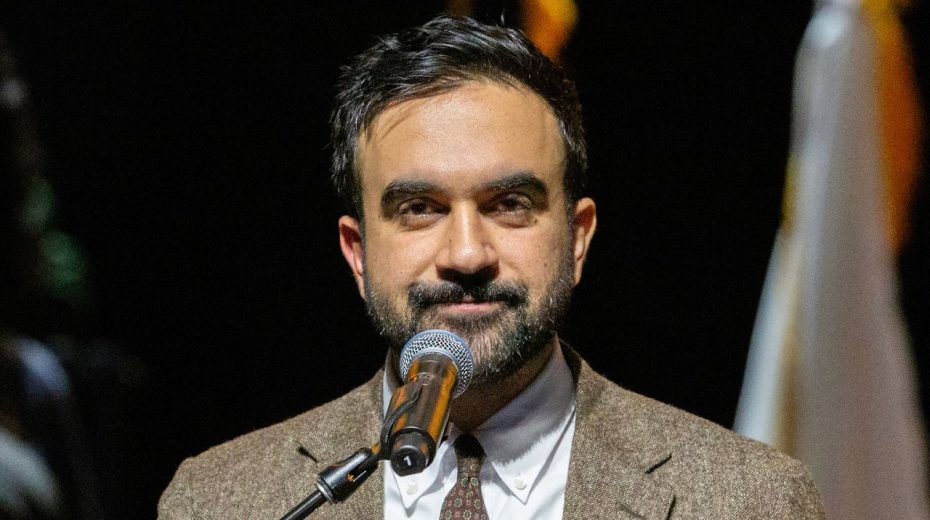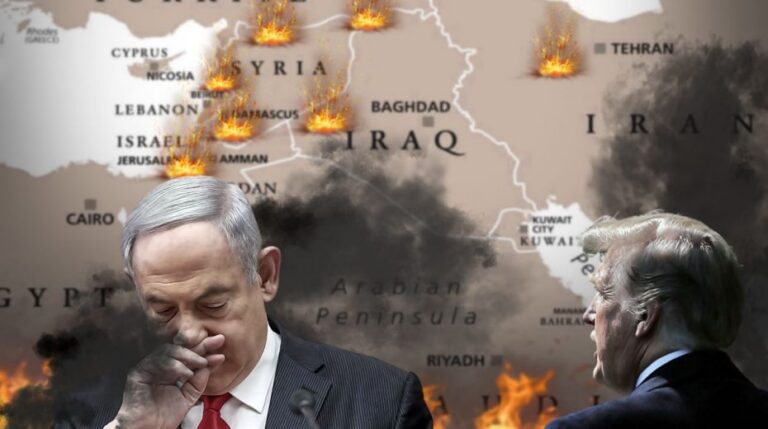
Three weeks from now, on Tuesday, November 4, Democrat Zohran Mamdani is likely to be elected the next mayor of New York City.
Mamdani secured the Democratic primary in June, unexpectedly defeating the party establishment’s preferred candidate, former New York Governor Andrew Cuomo. His triumph reflected a growing leftward shift among wide segments of the population.
Since winning the primary four months ago, Mamdani has progressively abandoned his earlier stances, distancing himself from calls to “defund” the police, challenging the dominance of the ultra-wealthy over the city, and backing the slogan “globalize the intifada,” which supports international opposition to the Israeli genocide in Gaza.
He has convened a series of private meetings with influential real estate developers, Wall Street financiers, and major bank representatives, while also recruiting key advisers aligned with the Democratic Party establishment, signaling that his upcoming administration will avoid radical change, replacing the widely disliked former police captain and Trump ally Eric Adams.
These developments have altered perceptions among parts of the ruling elite and Democratic leadership. The New York Times has refrained from taking an official stance following its “anyone but Mamdani” editorial in June, but its coverage now acts as a de facto campaign platform supporting the Democratic candidate.
Over the past three days, the Times has published roughly six articles and opinion pieces totaling nearly 25,000 words—equivalent to a short novel—painting Mamdani as an extraordinary, charismatic, and historic figure.
Notably, one of the most extensive features, a New York Times Magazine cover story by Astead Herndon titled “Inside the Improbable, Audacious and (So Far) Unstoppable Rise of Zohran Mamdani,” deserves particular scrutiny.
Herndon outlines Mamdani’s efforts to align with the Democratic establishment, quoting longtime Democratic fundraiser Robert Wolf:
“Zohran, to me, is more of a progressive capitalist,” Wolf told me, adding that he was convinced by their private interactions that Mamdani understood the importance of the private sector thriving in his New York. “He’s someone that wants to figure out how to use the government in an appropriate way on things that help equality and help the underserved.”
Herndon notes that Mamdani has “tweaked” his positions during this political repositioning, which significantly understates the extent of his shifts:
He has made it clear that he wants to support renters, not punish landlords. He wants to support public education, not take a hammer to specialized schools with elite admissions. He supports Palestinian rights; he’s not anti-Zionist. He made key concessions when it comes to policing. Importantly, he made clear that he was open to compromise when it came to his proposed millionaires’ tax. Call it Mamdani 2.0.
Put simply, Mamdani promotes the illusion that no deep societal conflicts exist within capitalist society—that there are no irreconcilable clashes between competing social interests. He implies that it is possible to advocate for workers without opposing the oligarchs exploiting them; to back Palestinians without opposing the state committing their genocide; to support immigrants without denouncing the institutions responsible for their detention, torture, and deportation.
By denying these fundamental social contradictions, Mamdani effectively endorses the subjugation of the working class to capitalist priorities, a process orchestrated through the Democratic Party. This dynamic is characteristic not only of Mamdani’s campaign but also of the broader Democratic “left,” including figures like Bernie Sanders, Alexandria Ocasio-Cortez, and the Democratic Socialists of America.
Mamdani’s stance in response to Trump’s escalating efforts to establish a presidential dictatorship starkly exposes the flaws in his “progressive capitalism” agenda. With Trump already denouncing “communist New York,” Mamdani’s anticipated mayoral victory would trigger fierce opposition. Trump has threatened direct actions against the city if Mamdani wins, and it remains unclear whether the ruling elite would permit even a nominally left-liberal leader at the helm of global finance’s core.
In this context, Mamdani made a deliberate choice to credit Trump if a Gaza ceasefire is achieved, despite Trump’s role in facilitating the killing of tens of thousands of Palestinians and pursuing ethnic cleansing and imperialist projects masked by a “ceasefire.”
Like Sanders, Ocasio-Cortez, and the magazine Jacobin—the unofficial DSA mouthpiece—Mamdani has nearly ignored the Trump administration’s moves toward establishing a police-military dictatorship in the U.S.
At a campaign event on Monday night in Washington Heights, Mamdani stood alongside New York Attorney General Letitia James, who was recently indicted by the Trump administration on fabricated mortgage fraud charges, retaliation for her lawsuit victory against the Trump Organization regarding falsified tax and property documents.
During his speech, Mamdani refrained from labeling himself a “democratic socialist” or mentioning socialism or capitalism. He referenced the working class only once, while making no comments about Trump’s deployment of troops to cities like Chicago, Los Angeles, and Portland or his threats to do likewise in New York City. He also neglected to address Trump’s intentions to invoke the Insurrection Act or his designation of left-wing opposition as “terrorism.”
When questioned by reporters on other occasions, Mamdani has stated that his reaction to any military deployment against New Yorkers would be to hire 200 lawyers to challenge it in court—a legal system ultimately ruled by a Supreme Court with a far-right majority, three of whom were appointed directly by Trump.
Mamdani’s politics align with those of the Democratic Socialists of America, which effectively operates as a faction within the Democratic Party. The DSA’s left-wing rhetoric masks its true role: to demobilize and weaken the working class amid the gravest threat to democratic rights in American history.
In assessing Mamdani’s primary win in June, the WSWS noted that it disproved the myth that socialism is “toxic” to American workers and youth and refuted claims that supporting criticism of Israel’s genocide in Gaza amounts to “antisemitism” or political suicide, with Mamdani securing strong support from younger Jewish voters.
Nevertheless, the enthusiasm surrounding Mamdani mixes political inexperience with a lack of historical perspective. Labeling this middle-class, fairly conservative, semi-reformist as a “socialist” reveals the depth of political ignorance. His program is conservative even by the standards of the 1960s Great Society Democrats and progressive Republicans, and it certainly is not “socialist.” His dealings with oligarchs and real estate tycoons merely prepare the ground for the abandonment of his promises once elected.
The American ruling class’s shift towards dictatorship—seen in Trump’s overt push for a presidential-military regime and the Democrats’ failure to counter it—exposes the impossibility of reconciling the majority’s needs with finance capital’s interests. Mamdani’s platform has already failed before he assumes office.
His campaign blends hollow populist rhetoric with assurances to Wall Street that he poses no threat to the current system, all while remaining silent regarding Trump’s deadly threat to democracy. This is Zohran Mamdani’s campaign. Workers and youth in New York City and beyond must discard false hopes and prepare to fight for a genuine socialist alternative to capitalism, as offered by the Socialist Equality Party.
Original article: www.wsws.org




